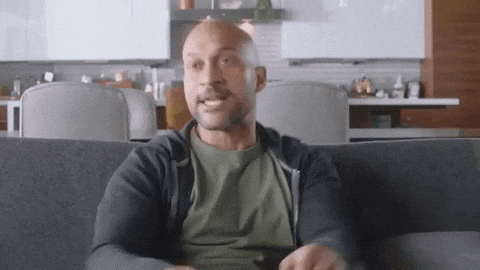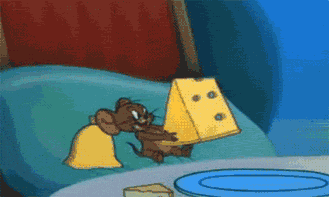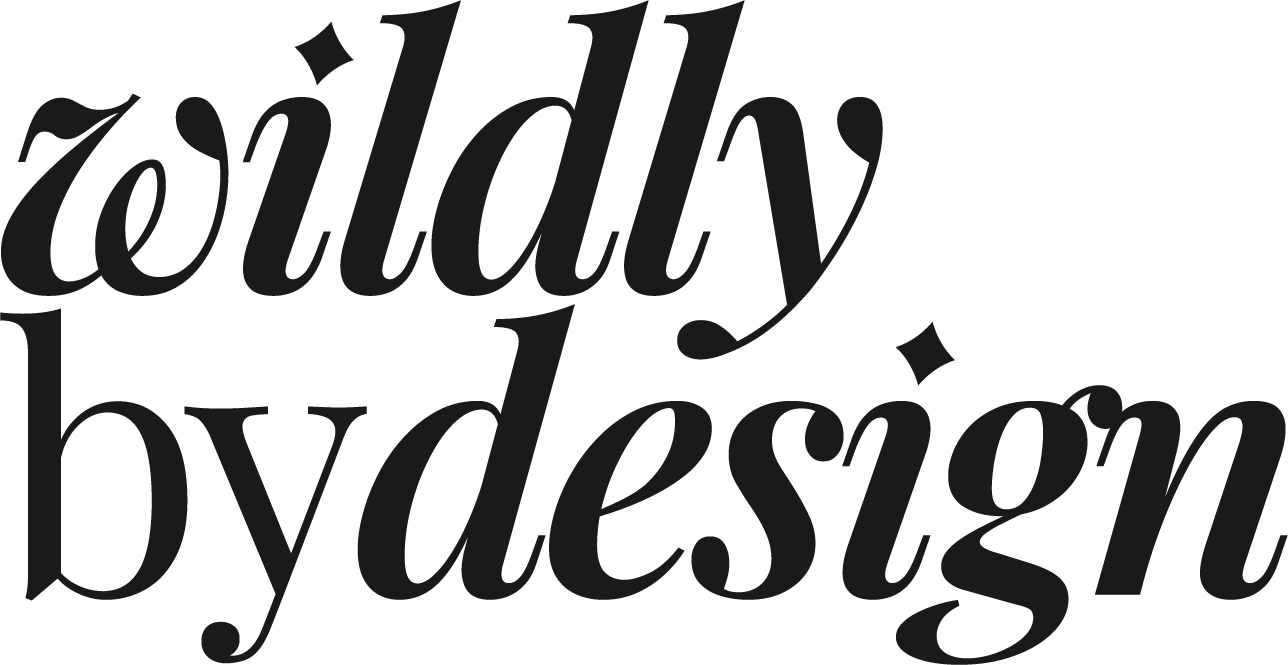Let’s be real, building a website when you’re not a tech wizard can feel a bit like assembling flat-pack furniture with no instructions and three extra screws left over. But it doesn’t have to be that way.
A website doesn’t have to be complicated to work well. In fact, some of the best ones are surprisingly simple. If you’re a small business owner, a solo creative, or a passionate entrepreneur trying to make your mark online, here’s a warm hug in the form of a blog to help you build a website that’s friendly, functional, and fabulously you.
First Impressions: Your Site Has a Split-Second to Shine
Let’s start with a little analogy (because who doesn’t love a quirky metaphor?):
Your website is like a cheese platter at a party. 🍇🧀

People walk in, scan the room, and, boom, the platter catches their eye. They’re not reading the menu yet. They just want to know, “Does this look inviting? Is there brie? Do I want to stick around?”
Same goes for your site. Your homepage has less than a second to make someone stop scrolling, stick around, and maybe even click that lovely little ‘About’ button. Don’t drown them in information right away. Give them something delicious to nibble on first, and let them explore the rest once they’re hooked.
Here’s how you set up that perfect platter (ahem, I mean website):
1. Navigation: Make It a Joyride, Not a Treasure Hunt
People don’t want to work hard to find what they need. Keep your menu simple and clear, no mysterious labels or ten-step dropdowns. Think of your navigation like a grocery store aisle sign: everything labeled clearly so people can get in, get what they need, and maybe even discover something unexpected on the way.
Quick tip: Limit your main menu to about 5 items. Everything else can live in the footer or a secondary menu. Less clutter = happier visitors.
2. Mobile Responsiveness: Small Screens Matter
Over 60% of your visitors are probably checking you out on their phones – while juggling coffee, kids, or errands. If your site isn’t mobile-friendly, you’re losing eyeballs (and potential customers).
Test your site on multiple devices, make sure text isn’t squished, buttons are thumb-tappable, and images don’t take forever to load. A user-friendly site meets people where they are, literally.
3. Call-to-Actions (CTAs): Be the Confident Host
Every page should gently nudge your visitors toward the next step, whether that’s booking a call, buying your product, or just learning more. Don’t make them guess what to do next.
Be friendly but clear. Instead of “Submit,” try “Let’s Get Started.” Instead of “Learn More,” try “Show Me the Magic.” Your CTAs should feel like an invitation, not a command.
4. Brand Personality: Don’t Be a Vanilla Template
Your website should feel like you. Whether that means using playful copy, handwritten fonts, bold colors, or quiet elegance, make sure it reflects your brand’s heart. Stock photos are fine, but your story? That’s what makes people stick around.
Think of your site as your digital living room. What vibe do you want people to feel when they step in?
5. Content Layout: Give It Room to Breathe
Here’s where the “less is more” thing comes in. You don’t have to say everything all at once. In fact, please don’t. Your homepage is your handshake, not your life story.
Break content into sections. Use headlines, subheadings, icons, and images to guide the reader’s eye. Let whitespace be your friend – cramming everything into one screen just makes people bounce.
Pro tip: Write your content like you’re chatting with a friend who’s curious but busy. Keep it light, helpful, and to the point.
In a Nutshell…
Crafting a user-friendly website isn’t about knowing how to code or hiring a Silicon Valley design guru. It’s about being thoughtful, clear, and a little creative.
👉 Guide your visitors with easy navigation
📱 Make their experience smooth on every device
✨ Show off your personality
🎯 Lead them with simple, confident CTAs
🧘 And most importantly, give them space to explore
Your site doesn’t need to do everything. It just needs to welcome people in and point them in the right direction.
Kind of like a cheese platter, really.

